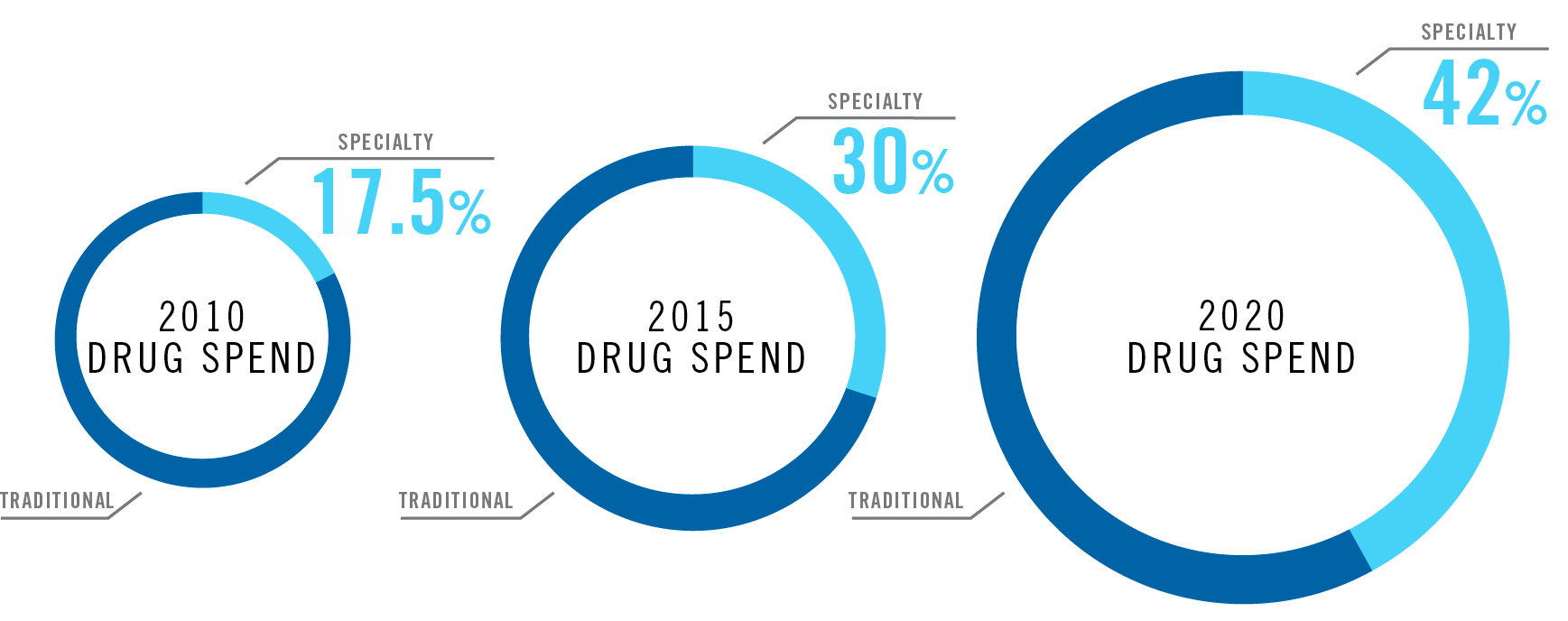Understanding high-cost, specialty drugs and your options
As a parent, you always want to protect your children and family from danger and teach them how to take care of themselves. So, if your child or family member was diagnosed with a rare or life-threatening disease, it’s likely that you would do anything to get the best treatment and care for your loved one, even if that means remortgaging your home, selling all your assets and moving across country. For some Canadians, this is a reality.
Access to these potentially life-saving medications sometimes comes down to the cost of the drug that delays or puts off treatment.
Read: Financial burdens for Canadians with chronic and complex diseases are treatable
According to Organisation for Economic Co-operation and Development’s (OECD) latest Health at a Glance report, Canada ranks in the top five OECD countries in Expenditure on pharmaceuticals per capita. fifth estate also reported on high cost of pharmaceuticals and the burdens some families are faced with while trying to pay for their loved ones medications.
The pharmaceutical industry has made incredible advances in developing medications that can better treat and help manage diseases that were once untreatable or incurable as well as shorten treatment durations and improve tolerability. But these drugs often come with large price tags. For example, patients with hepatitis C genotype 1a who have not been treated before, therapy cost per patient can range from $47,000 to as high as $268,000 if combination therapy is required. (DTR pg 15)

As specialty drugs become more prevalent among distributed drug prescriptions, employers are struggling to continue to offer the employee-valued prescription benefits plan and families struggle with keeping up with out-of-pocket costs for medications not covered by their benefit plan. The shift to spending on specialty drugs has reached its all-time high in 2015, making up 30% of total spending. The specialty trend is accelerating, with double-digit growth that will continue over the next several years. Based on the trends over the past few years and the specialty drugs that are currently in the pipeline, it is expected that by 2020, speciality drugs will account for 42% of drug spend. (DTR pg 72)
Read: A strategic approach to safeguarding prescription drug benefits
So what can be done?
Patients can :
-
Familiarize yourself with your prescription drug plan and coverage to understand limitations and allowances.
-
Speak with your pharmacist about prescription drug choices and which is best for you and how it fits within your drug plan – your pharmacist is your personal prescription drug knowledge centre, use their knowledge to your benefit.
-
Speak with your doctor or pharmacist about available generics and whether or not it’s an option for your treatment plan. Generic equivalent medications could be an option to help reduce cost.
-
Review your specific provincial drug plan. Some Canadian families might be eligible to receive financial assistance with their specialty drugs.
-
Speak with your doctor or pharmacist about all of the medications you’re taking. For some, multiple medications may be eliminated and replaced with one prescription.
-
Shop around different pharmacies to ensure you’re getting the best dispensing fee and lowest cost for your medication(s).
-
Talk to your pharmacist about ways to stay adherent to your medication(s). Proper adherence will ensure proper management of your health and will reduce the risk of complications or the development of a new or worsening condition, which could require additional medication(s).
Speaking with your pharmacist is one of the best ways to better understand your benefits plan. For members, Express Scripts Canada pharmacists can help you make the best decisions about your health, get the most value from your plan and are available 24/7.
Interested in what our pharmacy can offer you?
See our member FAQs for more information or contact us for more information on how we can help.